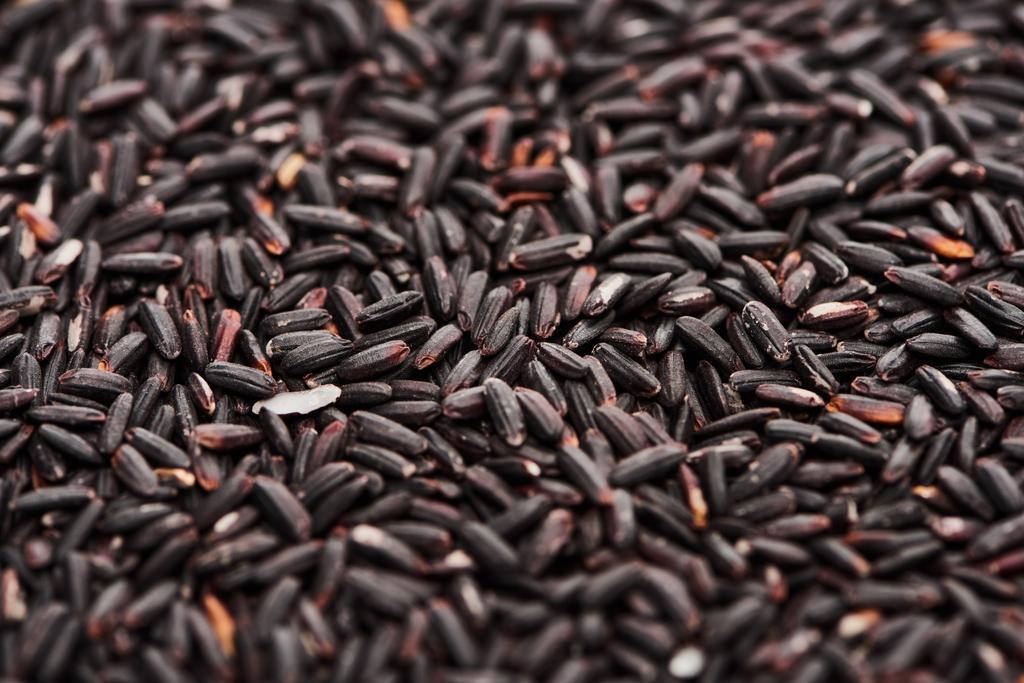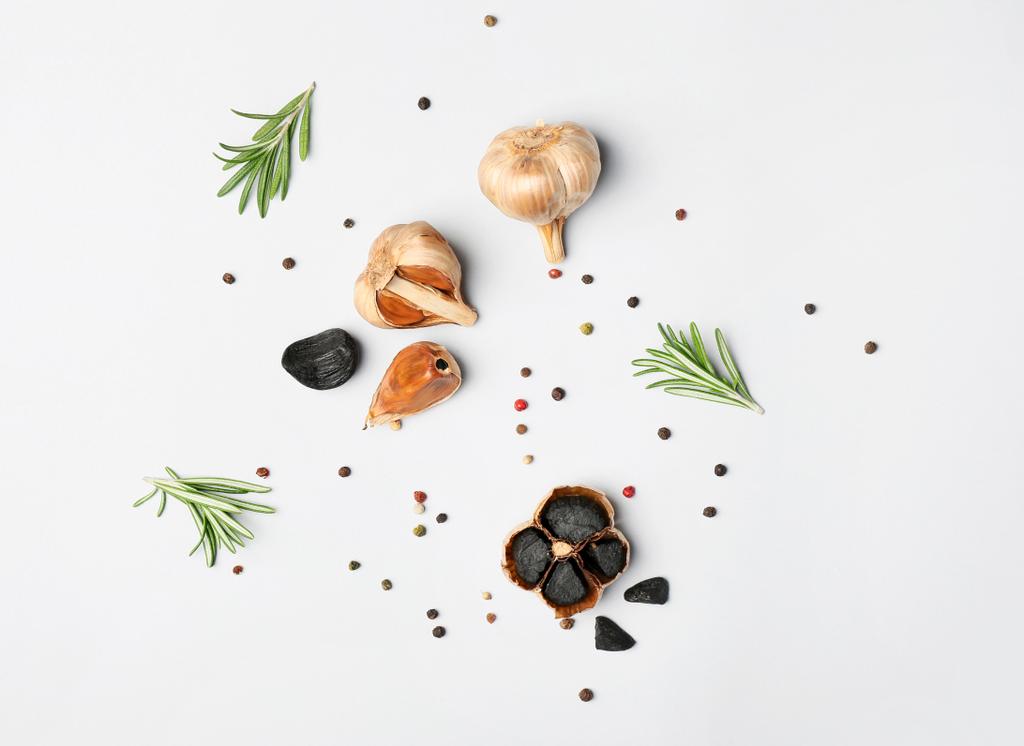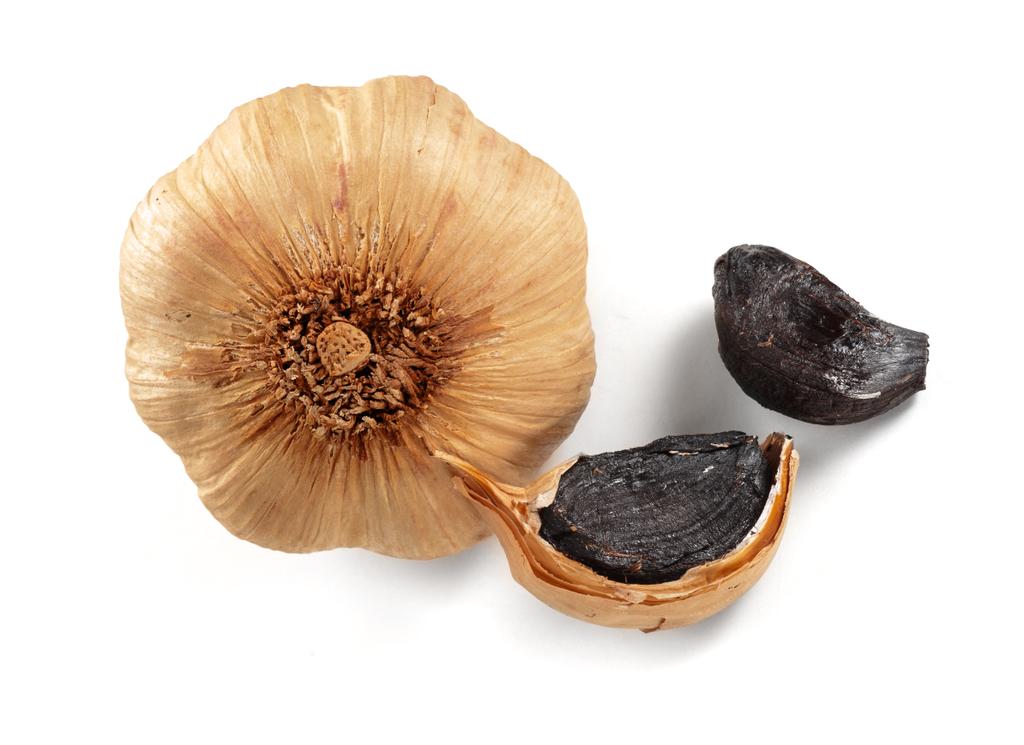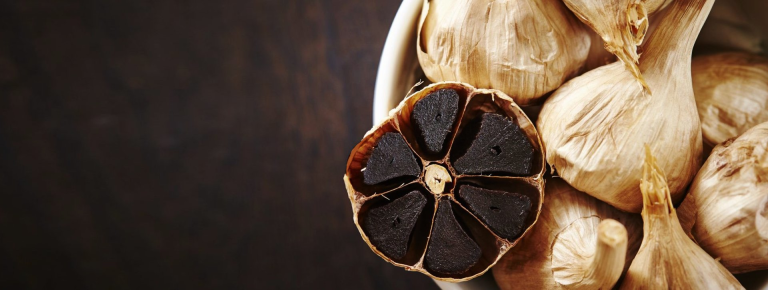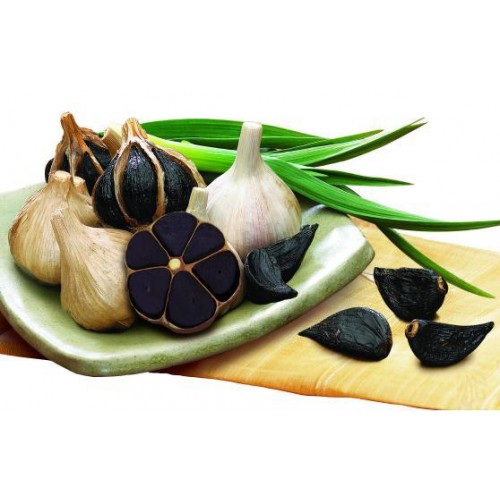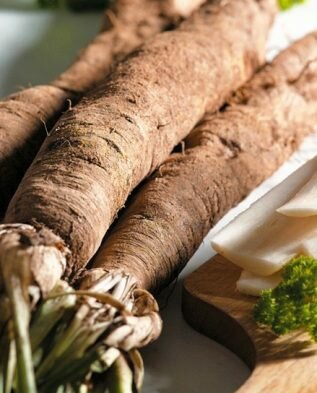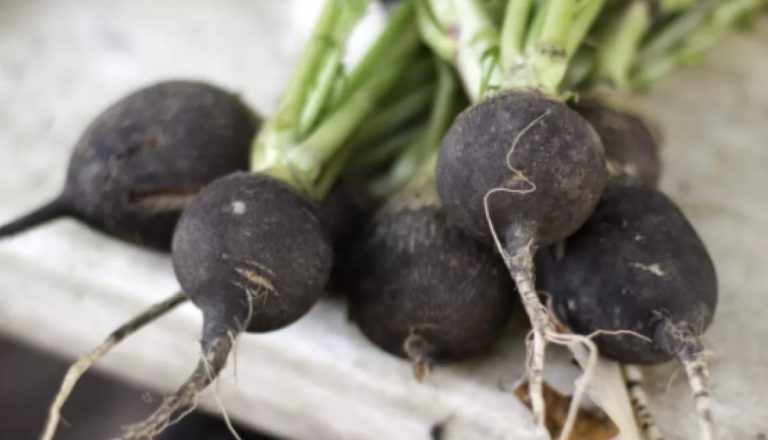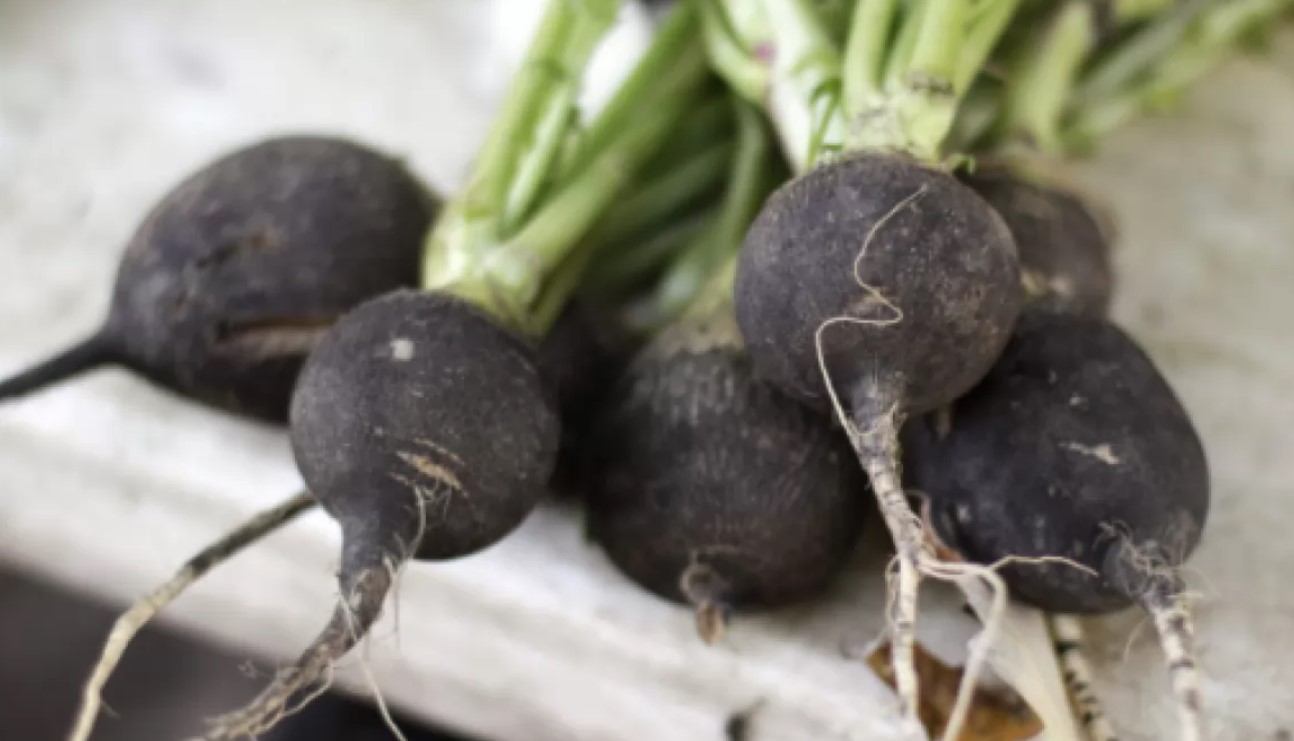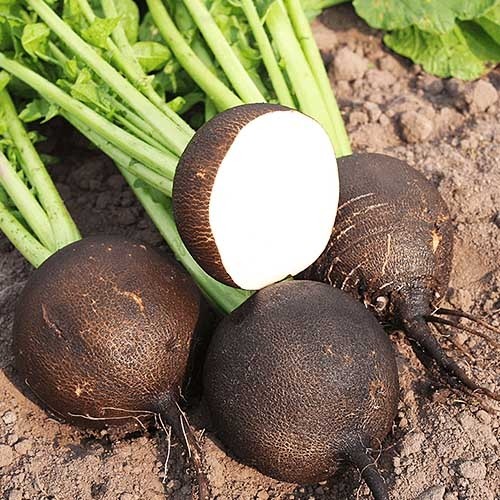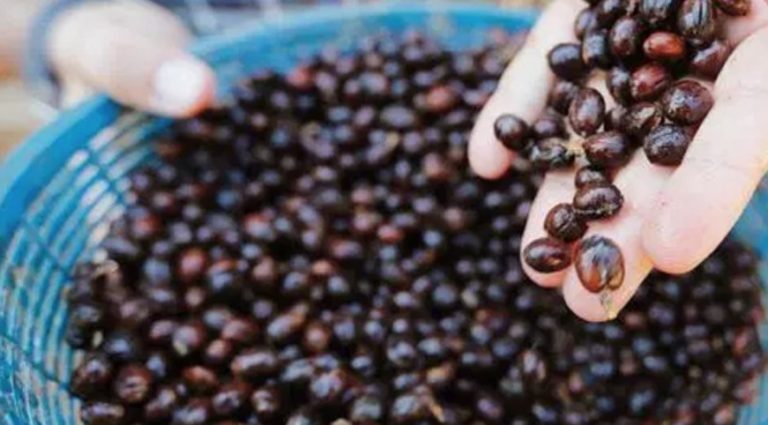Black coffee is better than its reputation. We explain what black coffee is and why it can also be good for your health.

What is black coffee?
Very simple: A coffee prepared without milk or milk alternative and without sugar is a black coffee.
It doesn’t matter whether you prepare the caffeinated drink in a French press, a fully automatic coffee machine, with a hand filter or in a conventional coffee machine.
How you drink the coffee is of course up to you, but some people say they don’t like black coffee. This may be because coffee tastes more bitter on its own than if you add milk, for example. This makes the drink milder. However, you only get the unadulterated taste of coffee if you drink the drink “black”. Black coffee also has many health benefits compared to the variant with milk. You can read exactly what these are in the next section.
Is black coffee healthy?
The effects of coffee on the body have already been investigated in numerous studies. The general tenor:
Regular consumption of coffee is healthy and can have positive effects on the body.
For example, black coffee contains antioxidants that can help prevent disease. How many antioxidant properties a coffee has depends, among other things, on the degree of roasting of the beans. It also has anti-fibrotic effects on human organs such as the liver.
What is also true are the following statements:
Coffee strengthens long-term memory: researchers at the University of Baltimore found out in a study that people were able to remember something better if they had consumed caffeine afterwards. However, the effect cannot be increased at will. There was a habituation effect among consumers.
Coffee promotes mental performance: According to a study by brain researcher Prof. Bernd Fischer, enjoying one to three cups of coffee should increase the speed of information processing by ten percent. In addition, coffee consumption increases sustained attention. Tip for employers: If you provide your employees with coffee, this has been scientifically proven to increase productivity.
Coffee lowers cancer risk: Four cups of coffee can reduce the risk of skin cancer by 20 percent. That’s what scientists at the Yale School of Public Health found. The researchers drew their findings from a study that proves that some coffee ingredients can protect against cell damage from UVB radiation.
Coffee drinkers live longer: From an American long-term study, a team from the Harvard School of Public Health drew data from which it can be seen that coffee drinkers live longer than people who avoid the caffeinated drink. Before they now increase their coffee consumption every day: Of course, this was not the only factor, the living conditions of the individual test subjects also have to be taken into account.
Black coffee detoxifies cells: According to a study by the University of Graz, black coffee in its original state promotes what is known as autophagy. This is a kind of “self-digestion program” in the body that cleans and detoxifies cells.
Why you should drink a coffee black
Unfortunately, animal milk in coffee reduces the positive properties and effects of the drink mentioned in the previous section. Researchers at the University of Graz have discovered that animal proteins can inhibit the process of cell purification. They therefore recommend drinking coffee black or, if you don’t like this variant, with plant-based milk.
The body’s reactions to black coffee vary from person to person. Therefore, you should only drink it in moderation at first to find out how wholesome it is for you. The roasting of the coffee beans produces acid and bitter substances. These can have effects on the gastrointestinal tract, for example attacking the gastric mucosa on an empty stomach. However, it is not 100% proven which substance in coffee causes stomach pain. For a long time, chlorogenic acid was considered responsible. In the meantime, however, this theory has been refuted. Likewise, according to the German Coffee Association, it has not been proven that drinking coffee increases the risk of diseases of the gastrointestinal tract.
How much coffee are you allowed to drink in a day?
According to the German Institute for Human Nutrition, four cups of normal coffee reduce the risk of developing liver cancer by 75 percent. However, not much more should be consumed. This is due to the high caffeine content in coffee.
Excessive caffeine consumption can be harmful to your health. The European Food Safety Authority (EFSA) cites increased nervousness, insomnia and tachycardia as consequences. As a rule of thumb, about 5.7 mg per kilogram of body weight is fine. So for a woman who weighs 60 kilograms, that would be around 342 mg. That roughly equates to the four cups of coffee per day mentioned above. For pregnant or breastfeeding women, about half of the value is considered harmless to health.
Although one cannot speak of a dependency or addiction to coffee or caffeine, according to the German Coffee Association, there are habituation effects after regular consumption. Caffeine does not target brain regions known to be addictive. However, it can happen that headaches occur, for example, when coffee drinkers abruptly forego their daily coffee dose.

How much caffeine is in black coffee?
The caffeine content in coffee generally depends on several factors. First of all, what beans you choose. Arabica beans have a lower caffeine content (average 1.2 percent) than Robusta beans (around 1.7 – 3.6 percent). However, these values also vary. You have to consider how hot the beans were roasted, how finely ground the coffee is, and how long you let it steep while preparing it. Simple guidelines: the finer the beans are ground and the longer you let the coffee steep, the higher the caffeine content. According to the European Food Safety Authority (EFSA), a black coffee has around 90 mg of caffeine per 200 ml, which is about the same as a normal coffee mug.
